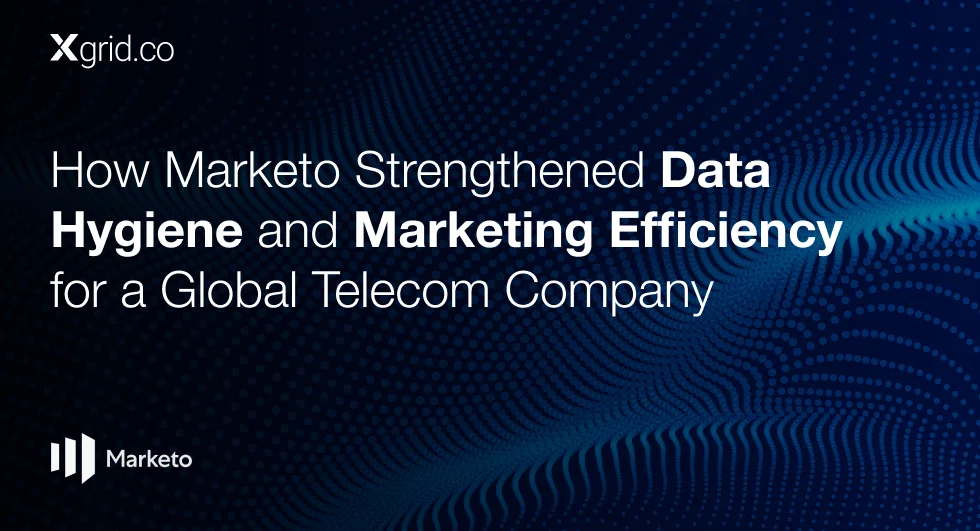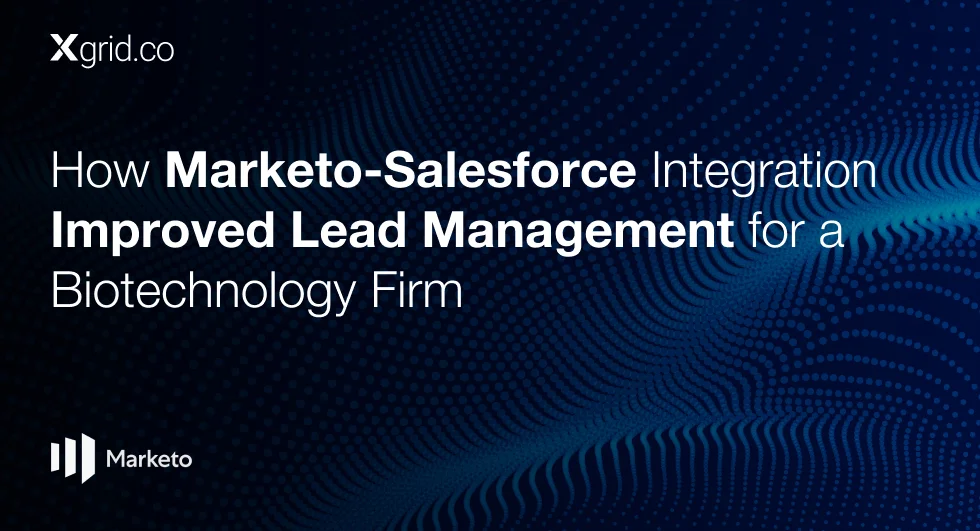Integration with Salesforce Marketo’s Key Advantage
“The magic really happens when Marketo and Salesforce talk to each other.” – Courtney McAra
Why Integration Matters: Bridging Marketing and Sales
In today’s competitive market landscape, the seamless integration of marketing automation and CRM systems is crucial for achieving synchronized marketing and sales efforts. Courtney McAra, a seasoned marketing operations professional, emphasizes the powerful alignment that results from integrating Marketo with Salesforce.
“The magic really happens when Marketo and Salesforce talk to each other,” she states.
Marketo’s robust integration with Salesforce allows for real-time data flow between marketing and sales, creating a unified view of lead information, activities, and engagement levels.
This integration not only enhances lead management but also ensures that sales teams are equipped with the most current and relevant data, enabling them to engage prospects more effectively.
According to Courtney, this seamless exchange of information is one of the most significant advantages of using Marketo in combination with Salesforce.
Enhancing Lead Management with Real-Time Sync
One of the key benefits Courtney highlights is the real-time syncing between Marketo and Salesforce. This synchronization ensures that as soon as a lead engages with marketing materials or fills out a form, their information is instantly updated in Salesforce.
“Having that immediate sync of information means that the sales team can jump in at just the right time,” Courtney explains.
By providing sales teams with timely data, Marketo’s integration with Salesforce enables them to act promptly, responding to high-intent leads before competitors do.
This real-time data flow helps to create a frictionless customer journey, as prospects are engaged at critical moments, improving the chances of successful conversions.
Best Practices for Leveraging the Integration
Courtney emphasizes that while the integration is powerful, it requires careful setup and ongoing management to realize its full potential. Here are some best practices drawn from her insights:
-
- Define Clear Data Management Rules: To avoid data discrepancies and clutter, companies should establish clear rules for data syncing between Marketo and Salesforce. This includes setting up lead qualification criteria and defining fields that should be updated based on specific triggers.
- Maintain Data Hygiene: Regular data cleaning is vital. As Courtney notes, “Marketo is only as good as the data you feed it.” Keeping both Marketo and Salesforce databases clean and aligned ensures that sales and marketing are working from accurate information.
- Implement Lead Scoring: Utilize Marketo’s lead scoring system and sync it with Salesforce to prioritize high-quality leads. Courtney suggests setting up automatic notifications to alert sales when a lead’s score reaches a threshold, enabling quick follow-up.
Overcoming Common Challenges
Courtney acknowledges that integrating Marketo and Salesforce is not without its challenges. One common issue is data mismatches due to discrepancies in data fields or inconsistent formatting. She recommends using Marketo’s native tools to standardize data and ensure consistent lead information.
“You have to be meticulous about how you map fields and sync data between systems,” she advises.
Another challenge is maintaining alignment between the marketing and sales teams.
Courtney stresses the importance of communication and shared goals, suggesting regular meetings between marketing operations and sales to review data insights and fine-tune the integration settings.
“The integration only works well if both teams are on the same page about what constitutes a qualified lead,” she states.
Key Insight: The success of Marketo’s integration with Salesforce hinges on meticulous data management, clear communication, and alignment between marketing and sales teams.
Conclusion
Integrating Marketo with Salesforce provides a powerful way to align marketing efforts with sales strategies. By ensuring real-time data synchronization, enhancing lead management, and maintaining data hygiene, companies can leverage this integration to engage prospects more effectively and improve conversion rates. As Courtney McAra’s insights reveal, the real magic happens when both systems work together, supported by a strong operational strategy that bridges marketing and sales.
Downloads
Article (PDF-276 KB)MOST POPULAR INSIGHTS
- How Marketo Strengthened Data Hygiene and Marketing Efficiency for a Global Telecom Company
- How Marketo-Salesforce Integration Improved Lead Management for a Biotechnology Firm
- How a Tech Company Used Marketo to Refine ABM Strategies for Sales Engagement
- How Marketo Campaigns Were Streamlined with Templates and Tokens
- How Marketo Solidified Marketing Insights with Custom Attribution Models
Related Articles
Related Articles

Established in 2012, Xgrid has a history of delivering a wide range of intelligent and secure cloud infrastructure, user interface and user experience solutions. Our strength lies in our team and its ability to deliver end-to-end solutions using cutting edge technologies.
OFFICE ADDRESS
US Address:
Plug and Play Tech Center, 440 N Wolfe Rd, Sunnyvale, CA 94085
Pakistan Address:
Xgrid Solutions (Private) Limited, Bldg 96, GCC-11, Civic Center, Gulberg Greens, Islamabad
Xgrid Solutions (Pvt) Ltd, Daftarkhwan (One), Building #254/1, Sector G, Phase 5, DHA, Lahore




